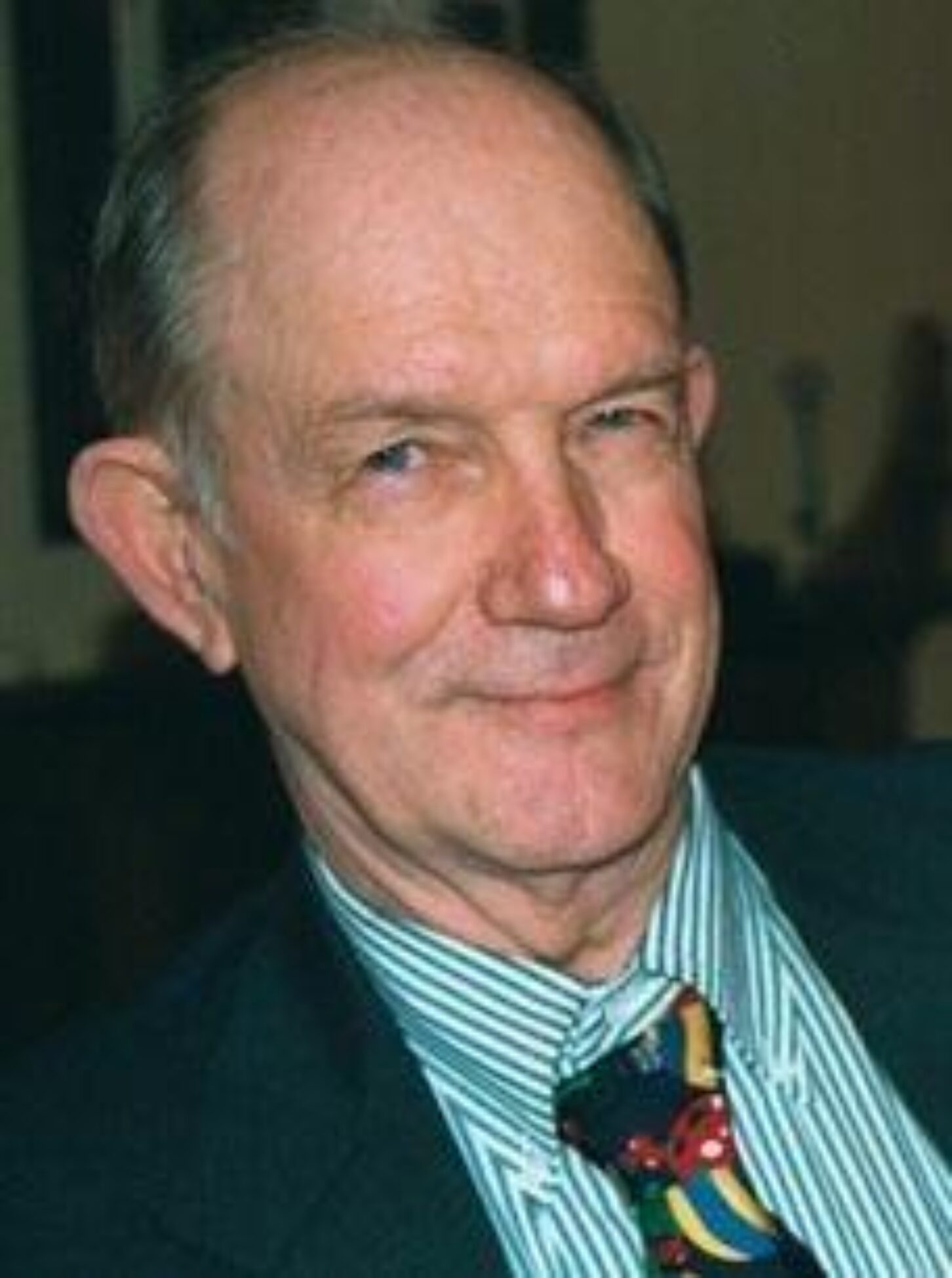

That the progress in improving this nation’s air quality is hidden in hazy environmental reporting is no surprise: How would one notice improvements when only “problems” are emphasized? Unfortunately, headlines such as, “Kids with asthma head indoors during smog season” and “September smog violations highest in a decade” do nothing to convey the reality; they skew perception.
Visibility in the Eastern United States, which has always been the worst, has improved dramatically in the last three decades. Yet as late as 2004, the New York Times called the view in the Great Smoky Mountains National Park “a pollution-rich brew of sulfates that scatter light and small particles that obscure it.” It’s no wonder 93 percent of Americans polled in 2007 by Yale University thought air pollution was a “serious problem,” up from 87 percent in 2004 and 84 percent in 2005.
Visibility is logically expected to be worse in and around (crowded) cities. The Atlanta Journal-Constitution reported in 2010: “Metro Atlanta’s air quality has improved but still ranks among the worst in the nation, a new report shows.”
Yet air in cities has become remarkably clearer in the last three or four decades. From 1980-84, one-third of days from June through August had visibility of less than seven miles at Atlanta’s airport. From 2006 to 2010, just 4.6 days per summer were that hazy, the fewest since the 1950s. For eight cities spread over the Eastern states the number of days with less than seven miles visibility declined in a linear fashion from an average of 100 per year in the early 1980s to 30 in 2009.
The haze in Atlanta and throughout the eastern United States has been reduced, mainly by reducing emissions of sulfur and carbon compounds that react to form particles smaller than 2.5 micrometers, referred to as PM 2.5. Sulfur compounds (sulfates) make up a high percentage of PM 2.5 in Eastern states (nearly half of the weight). Carbon, mostly from fuel combustion, accounts for most of the rest.
Sulfur comes mostly from burning fuels, especially coal used to power electricity generation. Emissions of sulfur dioxide increased from the 1940s to the 1980s, reaching about a million tons per year in Georgia alone. By 2010, the amount released by Georgia sources was down by 80 percent, the lowest in 50 years, despite the great increase in use of fossil fuels.
Sulfur dioxide is converted in the air to sulfates. The amount of both sulfur dioxide and sulfates has decreased in the air of the Eastern states by over 40 percent since 2005. At Griffin, Ga., sulfate deposited in rainfall decreased 24 percent from 1990 to 2006; in the next four years it dropped another 38 percent.
Low visibility can, of course, be caused by foggy, rainy weather, but long-term trends are apparently caused by changes in PM 2.5. While these tiny particles are regulated mainly because of respiratory health concerns, improving visibility is another large benefit. Because PM 2.5 is made up largely of sulfur and carbon pollutants, they have also decreased dramatically. First measured widely in 1999, PM 2.5 has declined by 30 percent in Eastern states and in Atlanta by 44 percent.
Haziness caused by small particles prompted governmental efforts in the last three decades to monitor and reduce haze in national parks. One program is Interagency Monitoring of Protected Visual Environments (IMPROVE), which reports on PM 2.5 levels and composition.
The connection of tiny particles with haziness is so strong that PM 2.5 levels and chemistry can be used to calculate visibility. In three eastern parks with the longest running records, IMPROVE calculations show that visibility increased an average of 77 percent or 28 miles since 1990. One of those parks is the Great Smoky Mountains, contrary to The New York Times’ assessment. In Georgia’s Okefenokee Swamp Park, calculated visibility has increased 14 miles in the last 17 years.
The decrease in hazy days, lower particle pollution, and greater visibility over the past three decades are testament to the improved technology and cooperation of government and industry to clear the air. Hardly anyone has noticed. The focus on air quality should be more celebration and less denigration.
(Harold Brown is author of “The Greening of Georgia: The Improvement of the Environment in the Twentieth Century.” Brown is a University of Georgia professor emeritus.)
